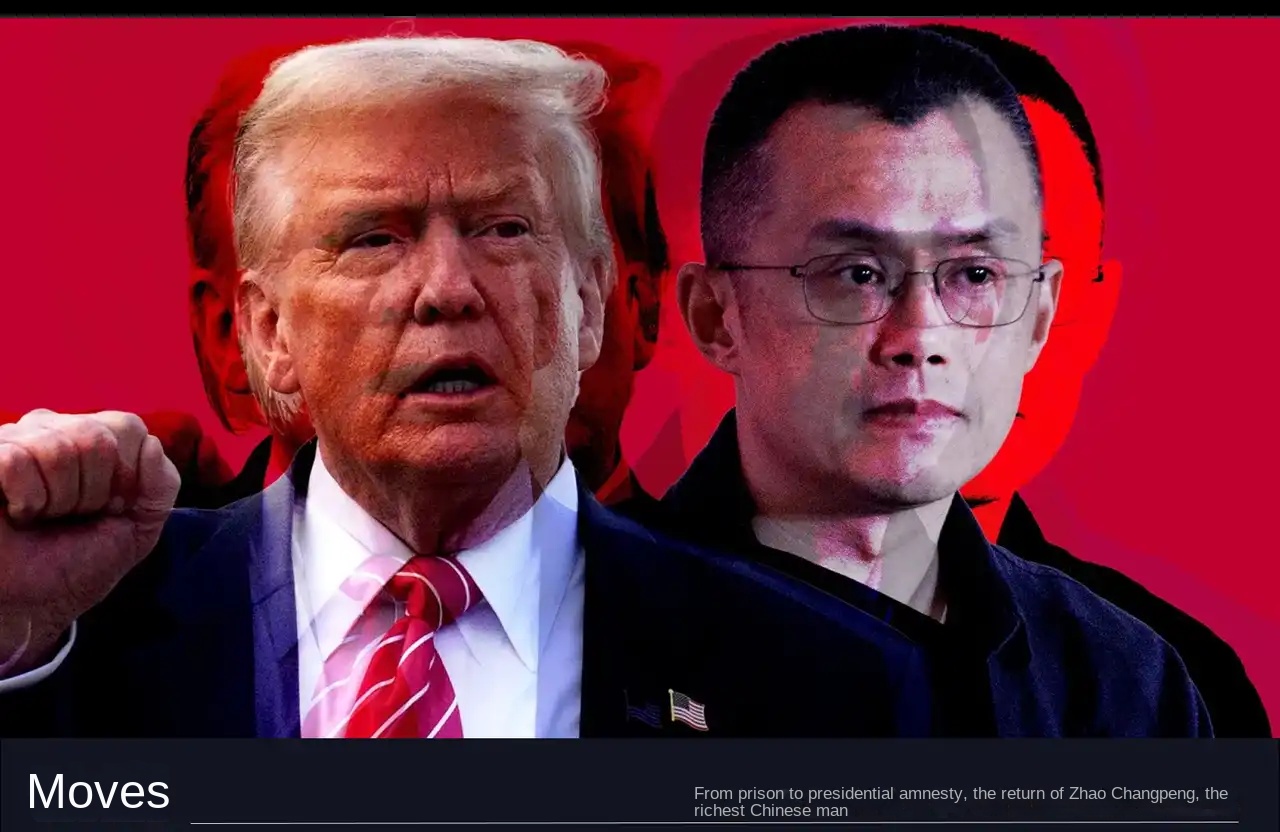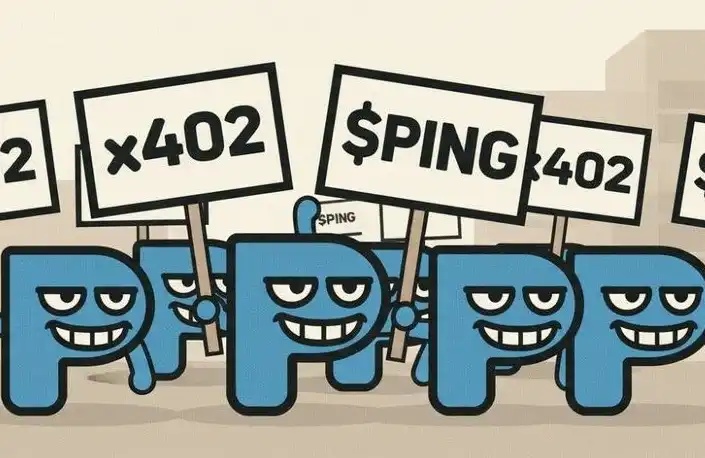ABCDE: Why should we invest in BitSmiley?
Original Title: "Why Should We Invest in BitSmiley?"
Original Author: Laobai
BitSmiley is the MakerDAO+Compound of the Bitcoin ecosystem, providing a comprehensive solution for Bitcoin Defi, filling the most missing "stablecoin" + "lending" infrastructure in the current Bitcoin ecosystem.
BitSmiley not only provides bitRC20 stablecoins compatible with BRC20 in the form of BTC over-collateralization, but also offers peer-to-peer lending based on BRC20, as well as insurance and CDS derivatives built on top of lending. BitSmiley has established partnerships with multiple BTC Layer2s to provide stablecoins and Defi ecosystem products.
One, the hot BTC ecosystem and the missing infrastructure
Recently, the Bitcoin inscription ecology represented by Ordi has clearly entered a hot period, and the on-chain Gas is often hit by "some unknown" inscriptions to more than 300, and a transaction costs tens of dollars, reaching the congestion level of the ETH Defi Summer years ago.
However, unlike the 20-year Defi Summer, where the ETH Defi ecosystem was led by relatively mature Defi infrastructure, with MakerDAO for stablecoins, Compound/AAVE for lending, and Uniswap for Dex, all established projects in 18-19. The current BTC ecosystem, apart from asset issuance, is still in a "wilderness period." Apart from Unisat providing basic services such as wallets and markets for BRC20 users, traditional Defi three major components such as Dex, lending, and stablecoins are basically missing, let alone advanced derivatives and other high-level gameplay. In addition, various XXRC20 protocols are still exploring and building infrastructure for wallets and trading markets. Furthermore, just like the value overflow caused by ETH's high Gas during Defi Summer, the concept of BTC Layer2 has entered people's vision, and we need faster and cheaper Layer2+complete Defi infrastructure in the BTC ecosystem.
二、BitUSD—基于 BTC 的超额抵押 bitRC20 格式稳定币
Translation:
2. BitUSD - BTC-based over-collateralized stablecoin in bitRC20 format
BitUSD stablecoin is the most core component of BitSmiley, first launched on the BTC Layer2 that BitSmiley first cooperated with, and then gradually expanded to other BTC Layer2.
The overall excess collateral mechanism of BitUSD is similar to MakerDAO, which should be familiar to those who are familiar with Defi. Here is a brief description.
At the coin casting level, users can mortgage BTC (using Wrap BTC on the cooperative Layer2 or bridging BTC through BitSmiley's official bridge) to BitSmileyDAO, and then mint bitUSD.
赎回则是一个反向的机制" translates to "Redemption is a reverse mechanism.

The latest liquidation mechanism 2.0 of MakerDAO is also used in the clearing process, adopting the Dutch auction mode. When the LTV (Loan to Value) is lower than the set threshold, the liquidation process is initiated.

The two points worth emphasizing are as follows:
One is the final settlement - In the design of MakerDAO, when there is a bad debt due to market volatility and other reasons, Maker token holders will become the last guardians, and MakerDAO will issue MKR to repay the bad debt, which is equivalent to diluting the interests of MKR holders. BitSmiley, on the other hand, uses future platform revenue as debt for English auctions. The profits of the future platform, after deducting basic operating expenses, will be used to repay creditors first.
The second point is the format of BitUSD, which will appear in a bitRC20 inscription form that is compatible with BRC20.


Because the inscription in BRC20 format needs to determine the total amount before deployment, it is not a stable coin that can adjust dynamically according to the quantity. Therefore, BitSmiley chooses to use a new inscription format, bitRC20, which is both backward compatible with BRC20 and supports access control and upgrade. After the version number and Burn operation are available, the flexibility of the entire "stable coin inscription" meets the needs of the system.
Three, Follow-up Defi Products - Lending, Insurance, CDS
除了核心的稳定币之外,BitSmiley has also tailored Defi products that are suitable for the technical characteristics of BTC. Based on its stablecoin-supported peer-to-peer lending, BitSmiley has added insurance and CDS, advanced derivatives, to give BTC Defi new gameplay.
1 Peer-to-peer native lending based on bitRC20 -
As we all know, it is difficult to implement peer-to-peer lending similar to AAVE or Compound based on BTC because it does not support smart contracts.
(However, it is entirely possible to implement native peer-to-peer lending based on BTC through multi-signature and existing BTC OPcodes. For example, A wants to mortgage BTC to borrow bitRC20, and B is willing to lend bitRC20 and set interest rate and other conditions. The two parties match through BitSmiley's matching mechanism and complete the transaction through atomic exchange technology.)
In the future, the team also plans to launch the function of loan segmentation and order merging, aggregating and matching similar peer-to-peer orders to "simulate" a lending model similar to "pair-to-pair", greatly improving capital utilization and TVL, and catching up with the capital efficiency of ETH's pair-to-pool.
·Insurance -
Based on BTC, the native lending has a tricky issue, which is the liquidation mechanism.
On the ETH side, it seems to be similar to Compound or AAVE, with liquidation supported by oracles. However, on the BTC side, the 10-minute block time makes it difficult to replicate ETH's liquidation model, where the liquidation process triggered in the first minute may become invalid by the 10th minute. Based on this, BitBitSmiley has designed an alternative solution, which is a loan insurance without liquidation. When the collateral BTC price drops, the borrower has the right to "force" the purchase of insurance.
Introducing an insurance seller named Charlie (Alice and Bob are the borrowing parties).

The pricing model for insurance uses the common extreme value theory and T-Copula in the insurance industry. The team has extremely rich experience in this area, and members of the team have a solid foundation in capital pricing theory and financial mathematics, and have participated in traditional financial derivative and DeFi derivative pricing application projects. At the same time, the platform's unique "Black Box Purchase Mechanism" will also increase the efficiency and trading volume of insurance pricing.
·CDS -
Those who are familiar with the 2008 financial crisis must be no stranger to CDS (credit default swap), a sophisticated derivative product. Of course, the problem does not lie with CDS as a derivative tool, but rather with the fact that too many houses were sold to buyers who did not have the qualifications to purchase them.
CDS (Credit Default Swap) plays an important role in traditional financial derivatives, and its characteristics can help investors to conduct more efficient risk management, credit evaluation, arbitrage trading, and increase market liquidity and pricing efficiency. However, the reason why advanced derivatives such as CDS have not appeared in the ETH DeFi ecosystem is that the ETH lending ecosystem has always been a point-to-pool model, while CDS is built on a peer-to-peer model. BitBitSmiley's native BTC peer-to-peer lending is more suitable for the development of derivatives such as CDS.
CDS can package multiple loans with similar risks and characteristics to form a CDS asset portfolio. This way, CDS based on peer-to-peer loans can ensure the safety of guarantors' funds and also have the speculative properties of derivatives.
Welcome to join the official BlockBeats community:
Telegram Subscription Group: https://t.me/theblockbeats
Telegram Discussion Group: https://t.me/BlockBeats_App
Official Twitter Account: https://twitter.com/BlockBeatsAsia


 Forum
Forum Finance
Finance
 Specials
Specials
 On-chain Eco
On-chain Eco
 Entry
Entry
 Podcasts
Podcasts
 Activities
Activities
 OPRR
OPRR









